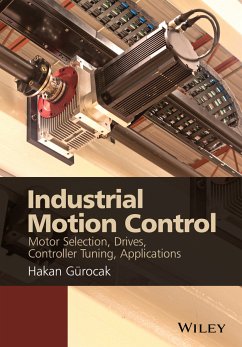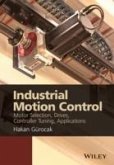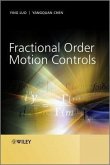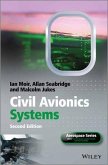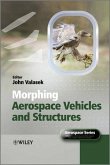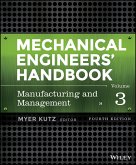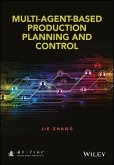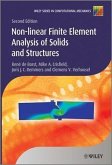Motion control is widely used in all types of industries including packaging, assembly, textile, paper, printing, food processing, wood products, machinery, electronics and semiconductor manufacturing. Industrial motion control applications use specialized equipment and require system design and integration. To design such systems, engineers need to be familiar with industrial motion control products; be able to bring together control theory, kinematics, dynamics, electronics, simulation, programming and machine design; apply interdisciplinary knowledge; and deal with practical application issues. The book is intended to be an introduction to the topic for senior level undergraduate mechanical and electrical engineering students. It should also be resource for system design engineers, mechanical engineers, electrical engineers, project managers, industrial engineers, manufacturing engineers, product managers, field engineers, and programmers in industry.
Dieser Download kann aus rechtlichen Gründen nur mit Rechnungsadresse in D ausgeliefert werden.

